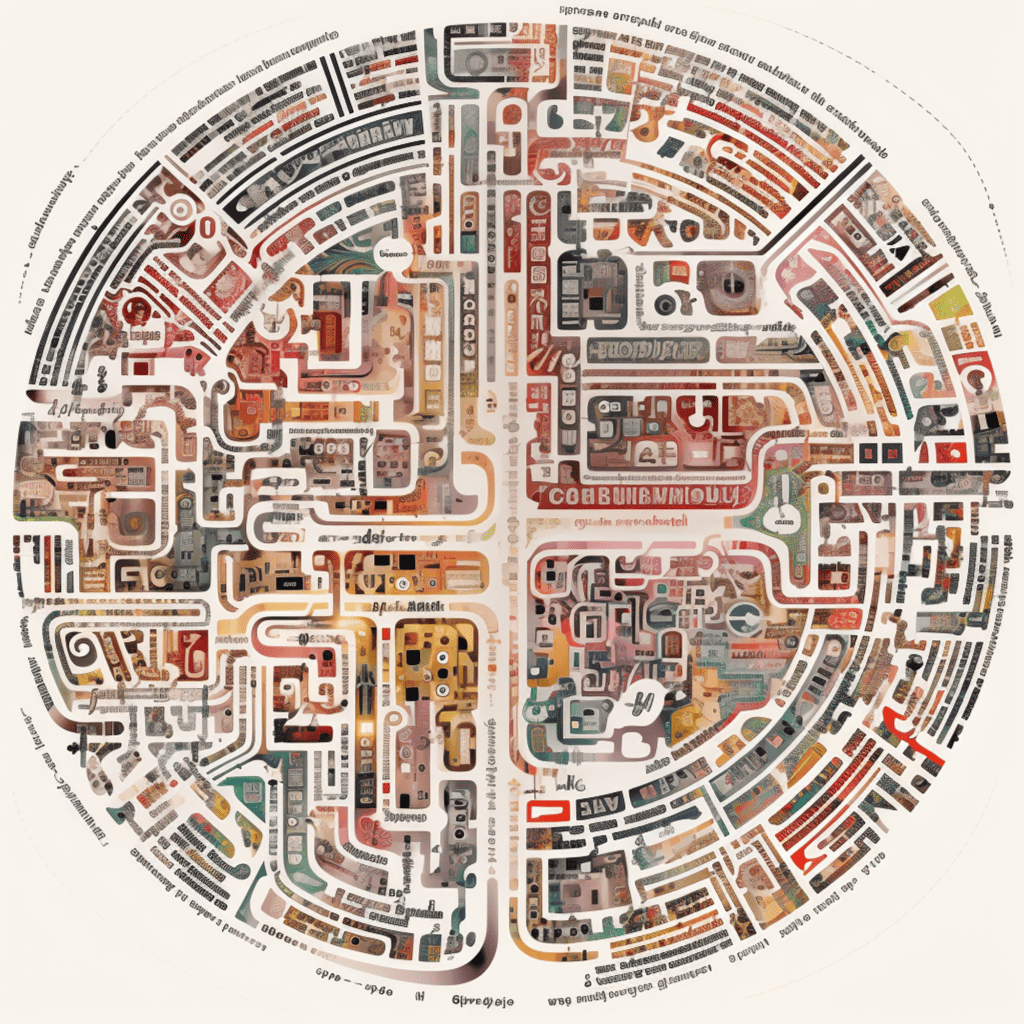Embarking on an exploration of psycholinguistics is like navigating through a complex, ever-evolving cityscape within our minds. This enthralling intersection of psychology and linguistics offers us a unique vantage point to comprehend how language shapes our thinking, emotions, and social interactions. It’s a field that doesn’t just scratch the surface of language usage but dives deep into the cognitive processes that enable us to communicate so effortlessly.
At its core, psycholinguistics examines the miraculous journey of language acquisition. Consider for a moment the incredible transformation from the initial, seemingly random babbling of a child to the point where they can articulate complex ideas and emotions. This transition isn’t just a developmental milestone; it’s a testament to the remarkable capabilities of the human brain. Psycholinguistics gives us the tools to decode this process, revealing the intricate mechanisms by which language is learned, processed, and utilized.
One of the most fascinating aspects of this field is how our brain processes language. Imagine a bustling city within your head, where each word and phrase sets off a flurry of activity along neural pathways. These pathways function like busy streets, guiding the flow of linguistic information. When we hear or read a word, our brain doesn’t just recognize it; it embarks on a lightning-fast journey, connecting sounds or symbols to their meanings and generating appropriate responses. This process, complex and rapid, mirrors the intricate web of streets in a vibrant urban center.
Moreover, psycholinguistics sheds light on the brain’s ability to predict and complete linguistic tasks. Ever found yourself finishing someone’s sentence? That’s not just intuition; it’s your brain’s predictive processing at work. Utilizing context, previous experiences, and even subtle non-verbal cues, the brain anticipates and forms responses. This predictive ability is akin to a seasoned navigator predicting the flow of city traffic, constantly adjusting and recalculating routes.
But the story of language goes far beyond syntax and semantics. Psycholinguistics recognizes language as a rich tapestry of cultural nuances, emotions, and social contexts. Each dialect, accent, and idiom adds color and depth to this tapestry, painting a vivid picture of human diversity and creativity. This field appreciates the subtleties that make language not just a tool for communication but a reflection of our identity and culture.
The study of psycholinguistics offers us a fascinating lens through which to view the human experience. It reveals the intricate, dynamic nature of language and its profound impact on our lives. From the mysterious origins of language acquisition to the complexities of cognitive processing, psycholinguistics is a field brimming with discoveries and insights.
As we continue to unravel the secrets of the human mind and its relationship with language, we realize the boundless potential of this exploration. It’s a journey that not only deepens our understanding of ourselves but also enriches our appreciation for the diverse ways in which we all communicate and connect. In the grand maze of psycholinguistics, every discovery, every insight, brings us closer to understanding the true essence of what it means to be human.
